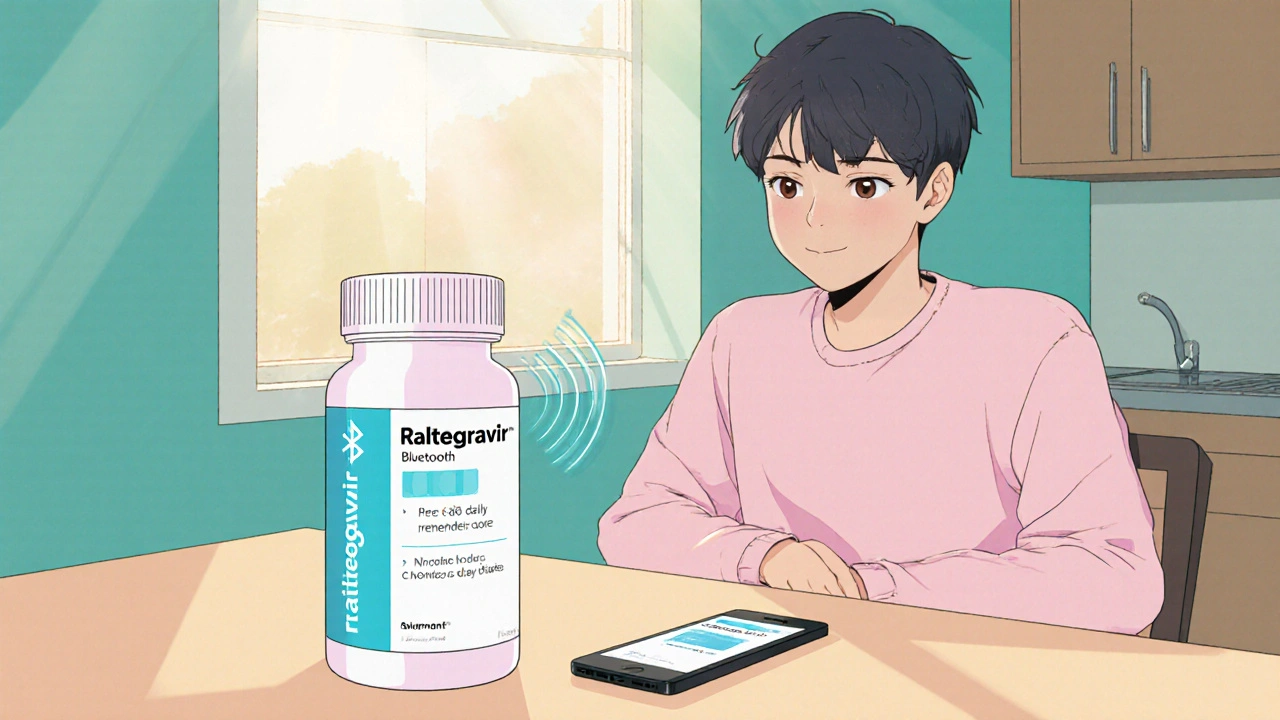Digital Adherence: Boosting Medication Compliance with Technology
When talking about digital adherence, the use of digital tools to help patients follow their medication schedules. Also known as e‑adherence, it bridges the gap between a prescription and real‑world use.
One of the most common ways people stay on track is through medication reminder apps, mobile applications that send timed alerts, track doses, and log taken pills. These apps act as a virtual pillbox, turning a forgetful moment into a quick tap. digital adherence relies heavily on this simple push‑notification model because it fits into daily phone habits without extra effort.
Beyond simple alerts, remote monitoring devices, wearables or smart dispensers that transmit dose data to healthcare teams add a layer of accountability. When a sensor detects that a dose was missed, it can trigger an automated follow‑up call or a message to a caregiver. This real‑time feedback loop makes it possible for clinicians to intervene before a lapse becomes a health problem.
Another pillar of the ecosystem is patient engagement platforms, online portals that combine education, goal‑setting, and two‑way communication with providers. These platforms turn adherence into a collaborative effort, letting patients ask questions, earn rewards, and see how their consistency improves lab results. By involving users in their own care, the platforms raise motivation and lower dropout rates.
Putting these pieces together shows why digital adherence encompasses reminder apps, remote monitoring devices, and engagement platforms. The combined effect is clearer: higher medication‑taking rates, fewer hospital readmissions, and lower overall healthcare costs. Studies from 2023‑24 report up to a 30% drop in missed doses when patients use a connected system that includes at least two of these tools.
That said, the approach isn’t without challenges. Data privacy concerns mean patients must trust that their usage information stays secure. Some seniors find constant notifications intrusive, while others struggle with app setup. Providers also need to integrate incoming adherence data into existing electronic health records without creating extra administrative burden.
Choosing the right solution starts with three steps: assess the medication regimen’s complexity, pick a tool that matches the user’s tech comfort level, and set up clear alerts for both patient and provider. A simple reminder app may be enough for a once‑daily pill, but a chronic condition with multiple drugs often benefits from a smart dispenser paired with a patient portal.
Below you’ll find a curated list of articles that dive deeper into each of these tools, compare popular options, and share practical tips for getting the most out of digital adherence in everyday life.

Raltegravir: How Technology Enhances HIV Treatment & Management
- Date: 22 Oct 2025
- Categories:
- Author: David Griffiths
Explore how Raltegravir works, its role in HIV therapy, and how digital tools, telemedicine, and AI improve adherence and outcomes.




